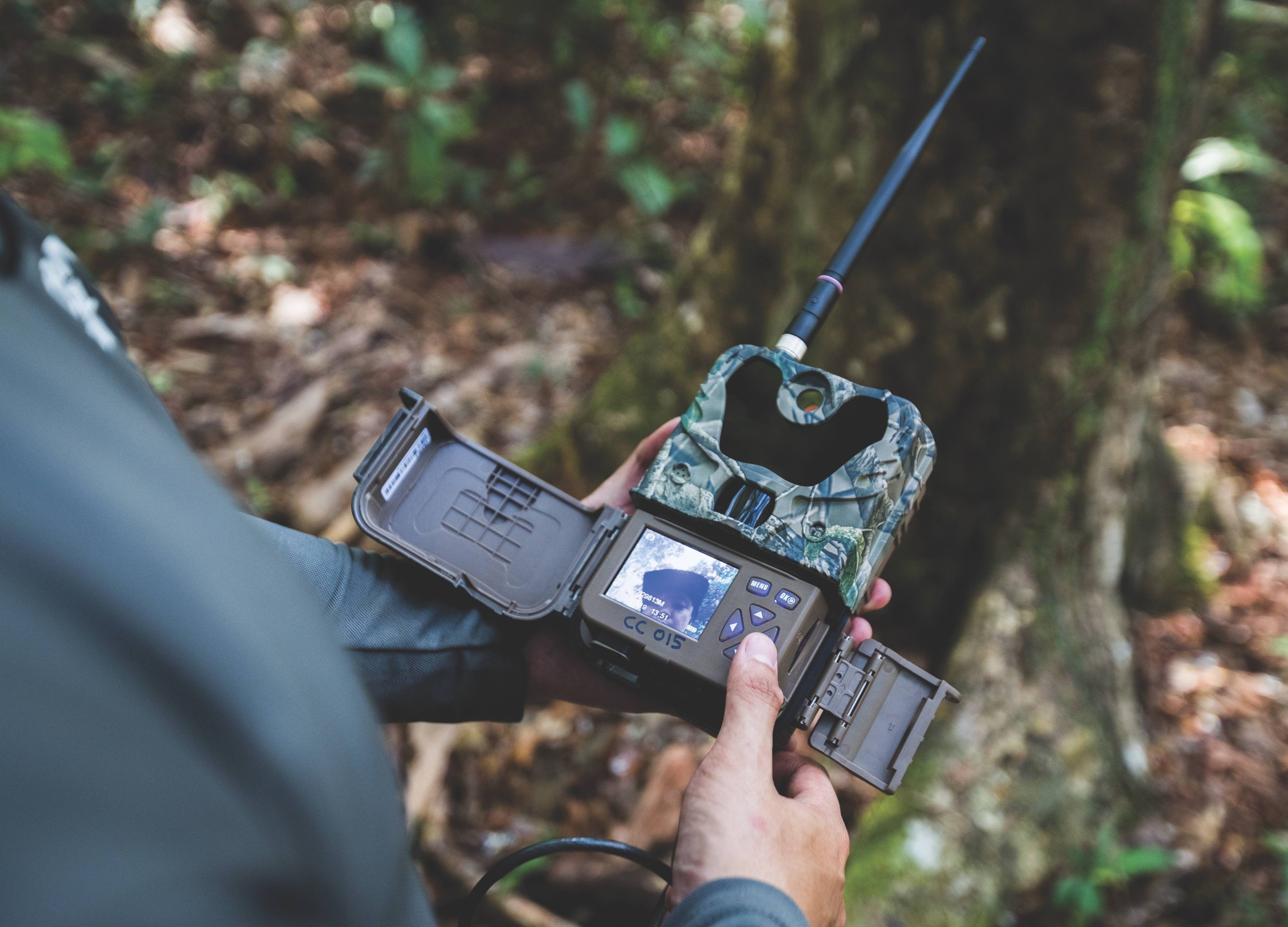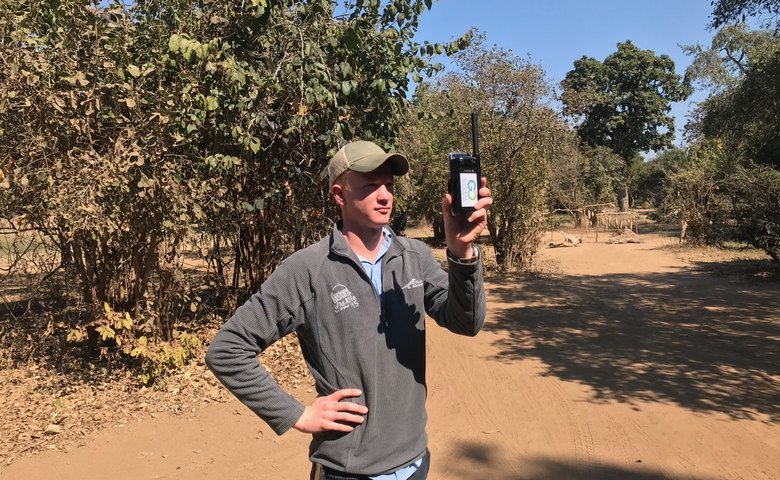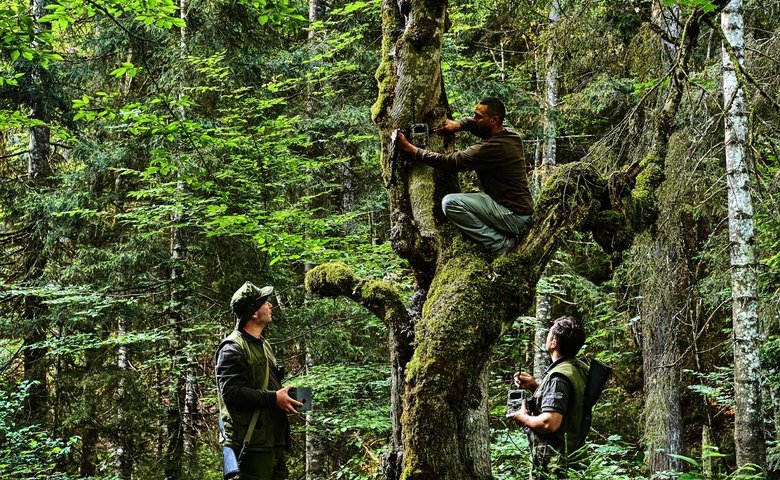
Tech for Parks:
SpaceX Starlink
We are eagerly anticipating the launch of SpaceX’s Starlink, a satellite-based, broadband internet system. With Starlink, SpaceX aims to provide near-global internet service by late 2021 or 2022.
Widely available internet access will be a huge boon for parks in remote areas that frequently suffer from a lack of communications infrastructure, often including a lack of basic cell coverage.
With access to the internet, park authorities can more easily stay in touch with each other and with colleagues outside the park, and have greater access to resources such as online information and training opportunities. It will also become easier to deploy better park and wildlife protection systems, like cellular trailcam surveillance and cloud-based protection systems.
Commercial operation could begin in 2020, but will not likely reach many countries in Africa, Latin America and Asia for years to come. Global Conservation will begin testing the Starlink system next year with 5G Cellular Trailcams. The ability to connect low-cost Cellular Trailcams and other sensors to a satellite0based network would open incredible opportunities for park authorities to expand protection across large areas without investing in expensive cellular or digital radio towers and infrastructure.
SpaceX's billionaire founder and CEO Elon Musk has approval to launch about 12,000 Starlink satellites and recently applied for permission to loft up to 30,000 more. SpaceX needs about 400 Starlink craft to provide "minor" coverage and 800 for "moderate" coverage, Musk said earlier this year.
As of September 2020, the company has launched 715 satellites into orbit. A number of additional such launches will be required before Starlink can beam data for the rest of us, including many “dark parks” in developing countries with no cellular service.
SpaceX isn't the only company with internet-satellite plans. Amazon aims to launch more than 3,000 broadband craft of its own, and OneWeb launched the first six satellites of a 650-strong constellation earlier this year. The total cost of the decade-long project to design, build and deploy the constellation was estimated by SpaceX in May 2018 to be about US$10 billion.
SpaceX has revealed key details about the planned constellation’s abilities, stating that the satellites have shown “super low latency and download speeds greater than 100 mbps.” Users will tap into the constellation using personal antennas on the ground. SpaceX CEO Elon Musk has described them as looking like a “UFO on a stick.”
By taking advantage of technical advances like Starlink, we can ensure that Global Park Defense remains on the cutting edge and provides the most efficient protection for the world’s wildlands.









